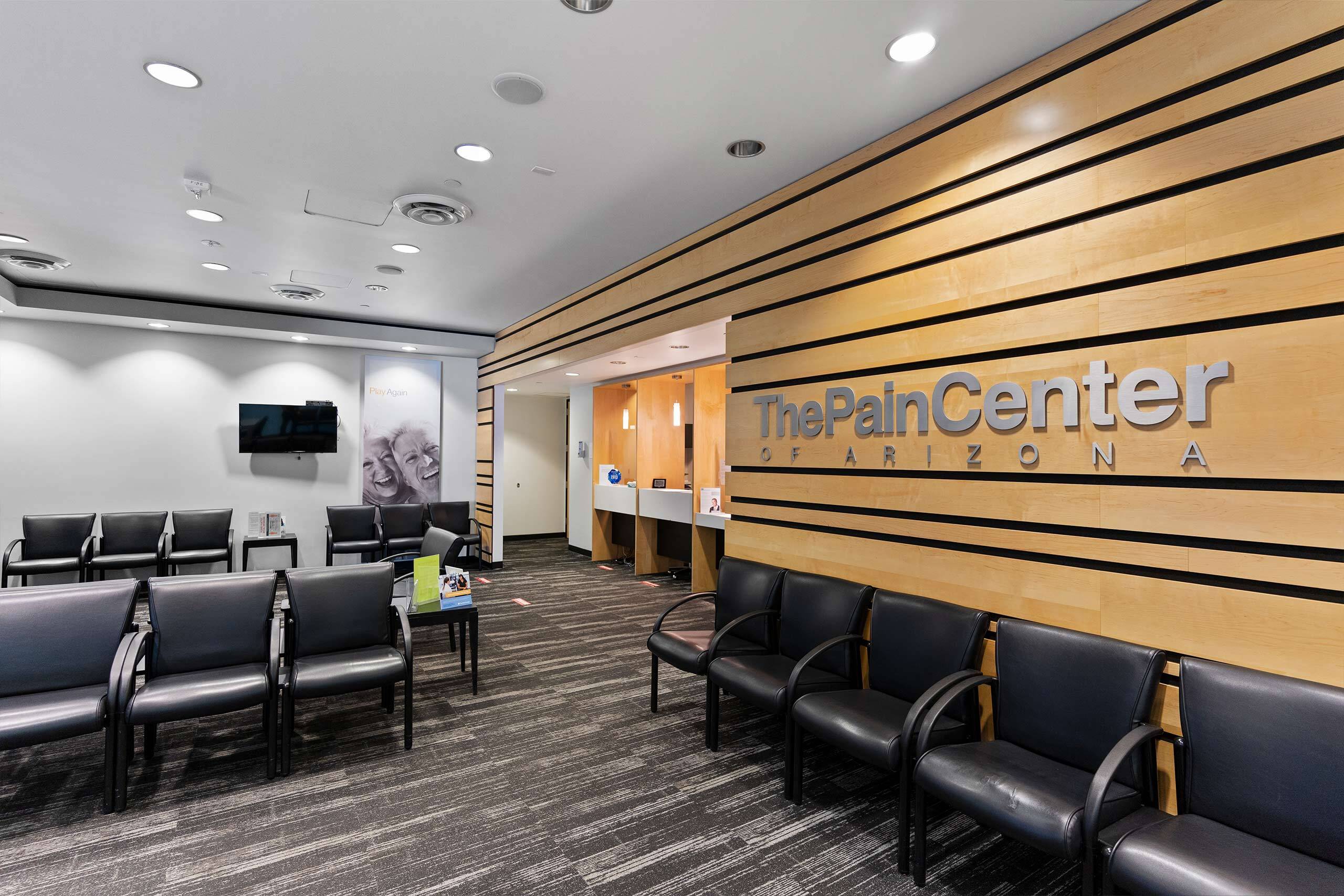Joint Injection
A joint injection contains cortisone, a steroid that helps reduce muscle pain and joint inflammation. The injection may be administered in joints that have been affected by degenerative diseases like arthritis, rheumatoid arthritis and osteoarthritis. Joint injections may also be used for aspiration, a technique that withdraws excess fluid from affected joints.

What is Joint Injection?
Joint injections are steroid injections which include cortisone, a steroid that helps reduce muscle pain and joint inflammation.
This steroid injection may be administered in joints that have been affected by degenerative diseases, including:
- Arthritis
- Rheumatoid arthritis
- Osteoarthritis
Joint injections may also be used for aspiration, a technique that withdraws excess fluid from affected joints.
What Types of Pain Does Joint Injection Treat?
Joint pain caused by inflammation.

Expectations and Recovery
Patients are typically able to function as normal immediately after the procedure is completed. Someone else will have to drive you home as a safety precaution.
You may experience soreness around the injection site, but you will likely be able to return to full activity within 24 hours.
Pain relief may last several days to several months. The procedure can be repeated if necessary.
If the treatment didn’t relieve pain, other options are available.
What are Typical Causes of Joint Pain?
Common conditions that cause joint pain include:
- Osteoarthritis
- Infections
- Fibromyalgia
- Gout
- Hypothyroidism
- Dislocation, broken bones, strains, sprains, or other injuries or trauma
- Lupus or other autoimmune disorders (e.g. rheumatoid arthritis)
- Diseases such as Lyme disease
- Bursitis
- Some sexually transmitted diseases including chlamydia and gonorrhea
Other factors that may worsen joint pain or trigger an attack of gout include diet, alcohol use, dehydration, and certain medications.
What are Common Symptoms of Joint Pain?
If you notice your joint pain is accompanied by swelling, redness, or warmth, see your doctor and be sure to communicate these symptoms with them.
It is urgent you see your doctor if you notice any joint deformity, cannot use your joint or are experiencing sudden or intense pain with or without swelling.
Other symptoms of joint pain include:
- Joint pain, stiffness, and weakness
- Redness, tenderness, and swelling of the joint
- Reduced range of motion in the affected joint
- Change in how you walk or move due to pain (limping)
- Locking up of joint
- Muscle cramps


Get the care you need within 24 hours*
We know when you’re looking for relief for your chronic pain, you can’t wait any longer than you already have. This is why we can schedule you with an appointment within 24 hours at most of our pain centers across the Valley, so you can start your journey to life-long pain relief as soon as tomorrow.



